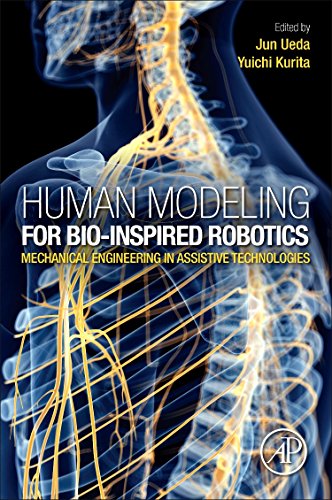

Most ebook files are in PDF format, so you can easily read them using various software such as Foxit Reader or directly on the Google Chrome browser.
Some ebook files are released by publishers in other formats such as .awz, .mobi, .epub, .fb2, etc. You may need to install specific software to read these formats on mobile/PC, such as Calibre.
Please read the tutorial at this link: https://ebookbell.com/faq
We offer FREE conversion to the popular formats you request; however, this may take some time. Therefore, right after payment, please email us, and we will try to provide the service as quickly as possible.
For some exceptional file formats or broken links (if any), please refrain from opening any disputes. Instead, email us first, and we will try to assist within a maximum of 6 hours.
EbookBell Team

0.0
0 reviewsHuman Modelling for Bio-inspired Robotics: Mechanical Engineering in Assistive Technologies presents the most cutting-edge research outcomes in the area of mechanical and control aspects of human functions for macro-scale (human size) applications. Intended to provide researchers both in academia and industry with key content on which to base their developments, this book is organized and written by senior experts in their fields.
Human Modeling for Bio-Inspired Robotics: Mechanical Engineering in Assistive Technologies offers a system-level investigation into human mechanisms that inspire the development of assistive technologies and humanoid robotics, including topics in modelling of anatomical, musculoskeletal, neural and cognitive systems, as well as motor skills, adaptation and integration. Each chapter is written by a subject expert and discusses its background, research challenges, key outcomes, application, and future trends.
This book will be especially useful for academic and industry researchers in this exciting field, as well as graduate-level students to bring them up to speed with the latest technology in mechanical design and control aspects of the area. Previous knowledge of the fundamentals of kinematics, dynamics, control, and signal processing is assumed.